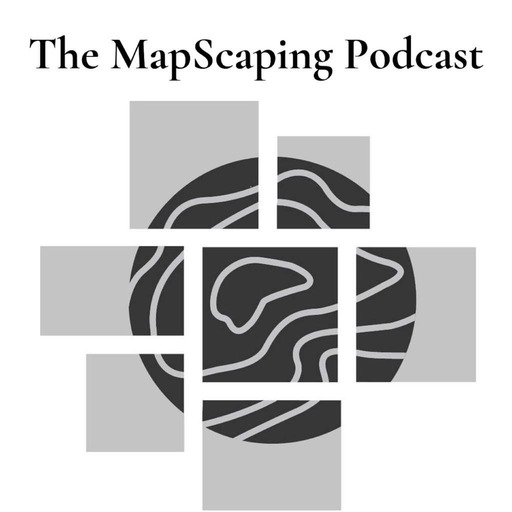GNSS receivers - why precise positioning will not be coming to your phone any time soon
Igor is the CEO and cofounder of Emlid.com a company that started out making high-precision GNSS receivers in his kitchen and crowd-funded the first batch on Kickstarter.
But that was over ten years ago so today on the podcast Igor is going to tell us about the innovations that made this possible, give a great explanation of RTK and PPP and explain why we should expect to see high precision positioning on your phone any time soon.
Connect with Igor here: https://www.linkedin.com/in/igor-vereninov-52a73ab0/
Or visit https://emlid.com/
In this episode, we cover:
- Introduction to Emlid and its Focus: Introduction to the company Emlid, its CEO and co-founder Igor, and their focus on high precision GNSS receivers and software designed for centimeter accuracy positioning.
- Startup Story and Crowdfunding: The origin story of Emlid, starting from working with drones in university, the need for accurate maps, the initial challenges with high precision GPS technology, the development of their own GNSS receiver, and their successful crowdfunding campaign on Kickstarter.
- Innovations in GNSS Technology: How Emlid managed to make high precision GNSS technology more affordable and accessible, the role of open-source software, and the technical innovations that allowed them to reduce the cost and size of GNSS receivers.
- Market and Technology Evolution: The discussion on how the market for GNSS technology has evolved, including the impact of autonomous cars on the development and availability of multi-frequency GNSS chips, and how these advancements benefited broader applications beyond surveying and construction.
- Precision vs. Accuracy in GNSS: An explanation of the difference between precision and accuracy in the context of GNSS technology, and the significance of each in various applications like drone mapping and volume measurements.
- RTK and PPP Explained: A detailed explanation of Real-Time Kinematic (RTK) and Precise Point Positioning (PPP), including how they work, their applications, and their advantages and limitations.
- The Future of GNSS Technology: Insights into the future directions of GNSS technology, including the challenges and potentials for achieving sub-centimeter accuracy with smartphones, the complementarity of GNSS and visual positioning systems, and the potential for GNSS technology to replace traditional surveying methods.
- Global Utility of GNSS: A discussion on the importance of GNSS as a global utility, its indispensable role in modern technology and everyday life, and the potential consequences of GNSS failures.
More GNSS-related podcast episodes!
How Google Knows Your Location
Past, Present and Future of GNSS
SBAS - A base station in the sky


 Emissions
Emissions







